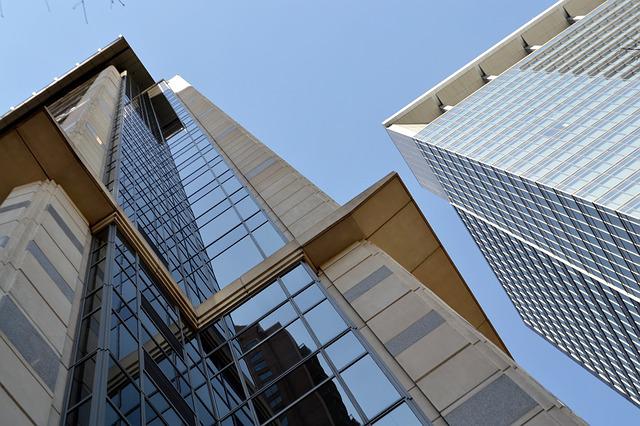Commercial property can be a very risky investment. There are a lot of things that can go wrong and the potential for loss is high. The economy can take a turn for the worse, the location may not be as desirable as you thought, or the property may need more repairs than you anticipated. Before investing in commercial property, be sure to do your research and understand the potential risks involved.
The High Initial Investment
Commercial property ownership is a high initial investment. The average commercial real estate loan is around $1 million. That’s a lot of money to come up with if you’re not wealthy. And it’s not just the purchase price that’s expensive. You also have to factor in closing costs, renovations, and other associated expenses.
This high initial investment can be a risk for some people. If you’re not careful, you could end up losing a lot of money. You need to make sure that you do your research and understand the risks involved before you buy a commercial property. Otherwise, you could end up regretting it later on down the road.
The Ongoing Costs
The cost of commercial property ownership goes beyond the purchase price. There are a number of ongoing costs that need to be considered in order to make sure that the property is well-maintained and valuable.
First, there are monthly expenses such as utilities, taxes, and insurance. These can vary depending on the size and location of the property, but they need to be budgeted for on a regular basis. In addition, there are also repairs and maintenance costs that can pop up from time to time. These can be anything from fixing a leaky faucet to repainting the exterior of the building. Finally, there is also the issue of vacancy rates. When a commercial property is vacant, it doesn’t just sit empty – it actually costs money.
The Potential For Vacancy
Commercial property ownership comes with a number of risks, one of which is the potential for the vacancy. When a commercial property is vacant, the owner is responsible for all maintenance and upkeep costs, as well as any necessary repairs. In addition, the property may be subject to vandalism or theft. The longer a property remains vacant, the greater the financial burden on the owner.
To avoid vacancy, commercial property owners should carefully screen tenants and only lease to those who are likely to maintain the property in good condition. In addition, owners should consider offering incentives to tenants to encourage them to renew their leases. However, even with these precautions in place, there is always a risk that a property may become vacant at some point during its ownership.
The Need For Regular Maintenance
As a commercial property owner, it is your responsibility to maintain your property in good condition. Regular maintenance helps to ensure that your property is safe and habitable for tenants, customers, and employees. Neglecting to properly care for your property can lead to a variety of problems, including:
- decreased property value
- increased risk of accidents or injuries
- legal issues
By staying on top of regular maintenance, you can avoid these risks and keep your commercial property in good condition. Make sure to develop a preventive maintenance plan and schedule regular inspections to catch any potential problems before they become serious.
The Potential For Tenant Damage
One of the biggest risks of owning commercial property is tenant damage. This can include anything from water damage to structural damage. If a tenant damages your property, you may be responsible for repairing the damage or even replacing the damaged item. This can be expensive and time-consuming, so it’s important to be aware of the potential risks before you sign a lease agreement with a tenant.
The first step is to carefully screen tenants. This includes running background checks and credit checks. It is also important to verify employment and rental history. By taking these steps, owners can get a better sense of which tenants are likely to cause problems.
Another way to reduce the risk of tenant damage is to have a good lease in place. The lease should clearly spell out the expectations and responsibilities of both the landlord and the tenant. It should also include provisions for dealing with damages. A well-written lease can go a long way toward preventing or resolving disputes between landlords and tenants.

